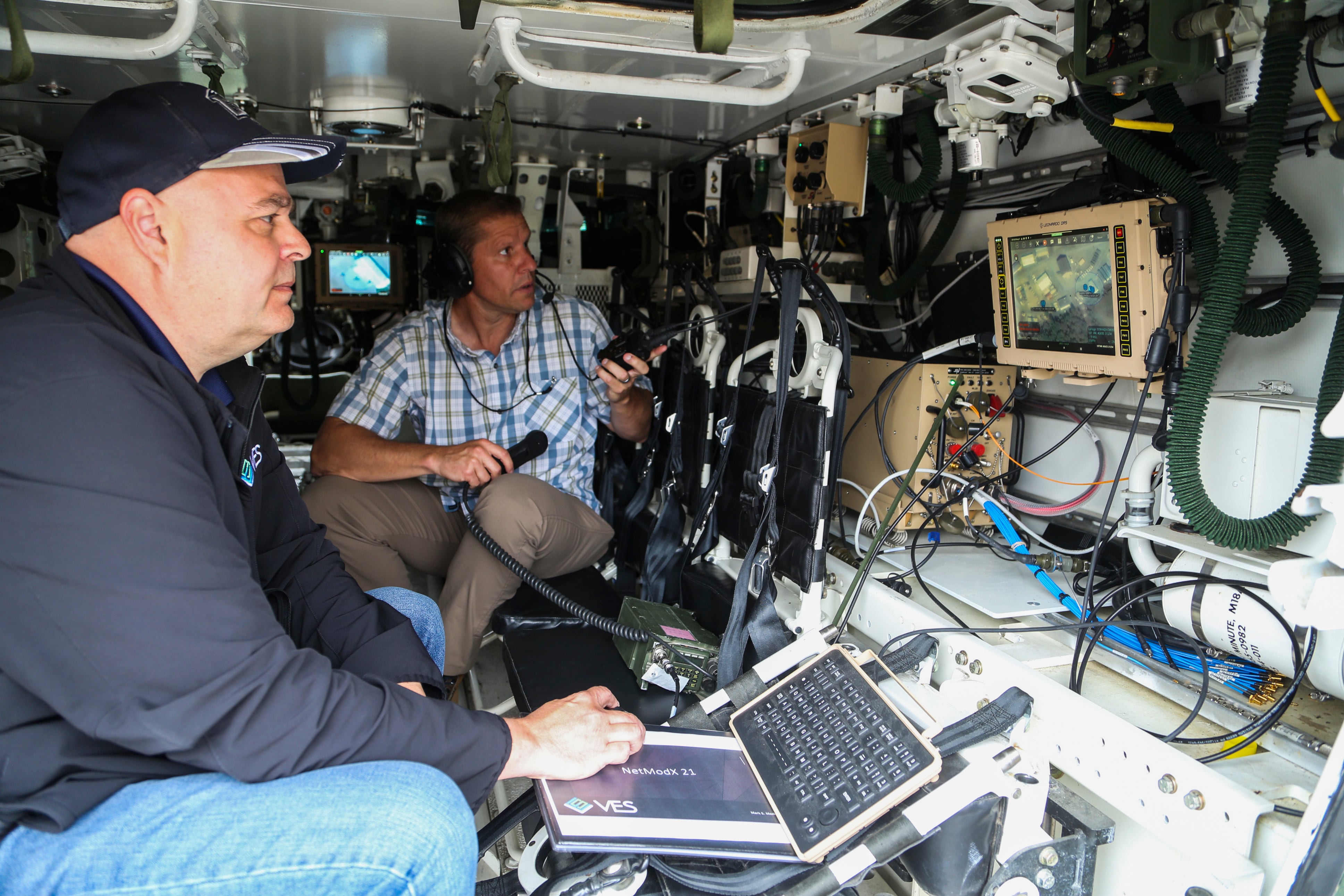WASHINGTON — Almost four years after its first meeting, a consortium of government and industry representatives has released its first set of standards for open-architecture military sensor and electronic warfare systems, potentially paving the way for a new era of true plug-and-play capabilities.
At the Association of the U.S. Army’s annual meeting, members of the Open Group consortium — established to guide development of the Sensor Open Systems Architecture Consortium — described the milestone’s significance and discussed how standards are continuously developing.
The standards come amid growing commercial and government buy-in to the sensor open systems architecture approach, or SOSA, intended to be a new standard for the military’s electro-optical/infrared, signals intelligence, electronic warfare, and communications systems.
Using a modular design and nonproprietary standards, they ensure SOSA-aligned technologies are interoperable, ending the vendor lock problem that has plagued the military for generations.
The most notable example of what SOSA will enable is the Army’s C4ISR/EW Modular Open Suite of Standards, or CMOSS. Instead of having each sensor, computing or electronic warfare capability custom-installed onto a vehicle, CMOSS provides a single chassis with a number of card slots. The Army can then install new capabilities by plugging in 1-inch VPX cards, or upgrade capabilities by replacing cards with newer, advanced versions. If the Army wants to update a given capability, it doesn’t have to go back to the same vendor or undergo an expensive and time-consuming custom installation with a new product. It simply has to shop around and see who can offer a better replacement card, buy the card and install it in the CMOSS chassis.
CMOSS was the major driver for SOSA, although the efforts have diverged. For example, the CMOSS backplane — the board that provides the connectors for the cards — no longer fits SOSA standards.
The expectation is the interoperability achieved through SOSA will support system affordability, allow more reconfigurations with different components and result in faster system development. The end goal is to have a third party providing independent verification that products meet SOSA standards, allowing the military to confidently purchase technologies that will fit into the open architecture it desires.
As the consortium’s standards have matured, their adoption by industry and the government has grown substantially. SOSA-conforming cards, chassis and backplanes are now available off the shelf.
At the same time, membership in the consortium has almost doubled over the last two years, signaling commercial interest in the new standards, said consortium spokesperson Valerie Andrew.
The Army was a significant partner in SOSA development, but other services are also involved. According to SOSA representatives, the U.S. Space Force recently joined the consortium.
Perhaps more importantly, SOSA is beginning to show up in requirements for Defense Department systems. Mark Littlefield, a senior manager of embedded computing products for Elma Electronic and head of SOSA’s Small Form Factor Subcommittee, said he knows of at least one departmental program that has a mandate to follow SOSA requirements.
“What does all this mean? It means that SOSA works,” Littlefield said.
The consortium will continue to develop SOSA standards over the next year. Among other activities, the consortium will participate in the Tri-Service Open Architectures Interoperability Demonstration on March 15 as well as the Army C5ISR Center’s upcoming Plugfest in November.
Nathan Strout covers space, unmanned and intelligence systems for C4ISRNET.








